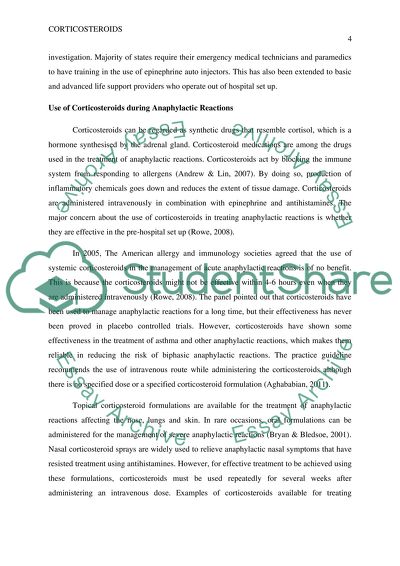Corticosteroids in treating allergic and anaphylactic reactions Essay. Retrieved from https://studentshare.org/health-sciences-medicine/1450994-corticosteroids-in-treating-allergic-and-anaphylactic-reactions
Corticosteroids in Treating Allergic and Anaphylactic Reactions Essay. https://studentshare.org/health-sciences-medicine/1450994-corticosteroids-in-treating-allergic-and-anaphylactic-reactions.


